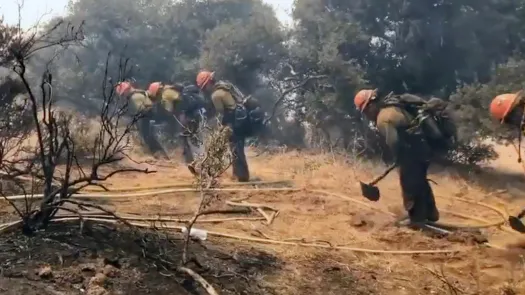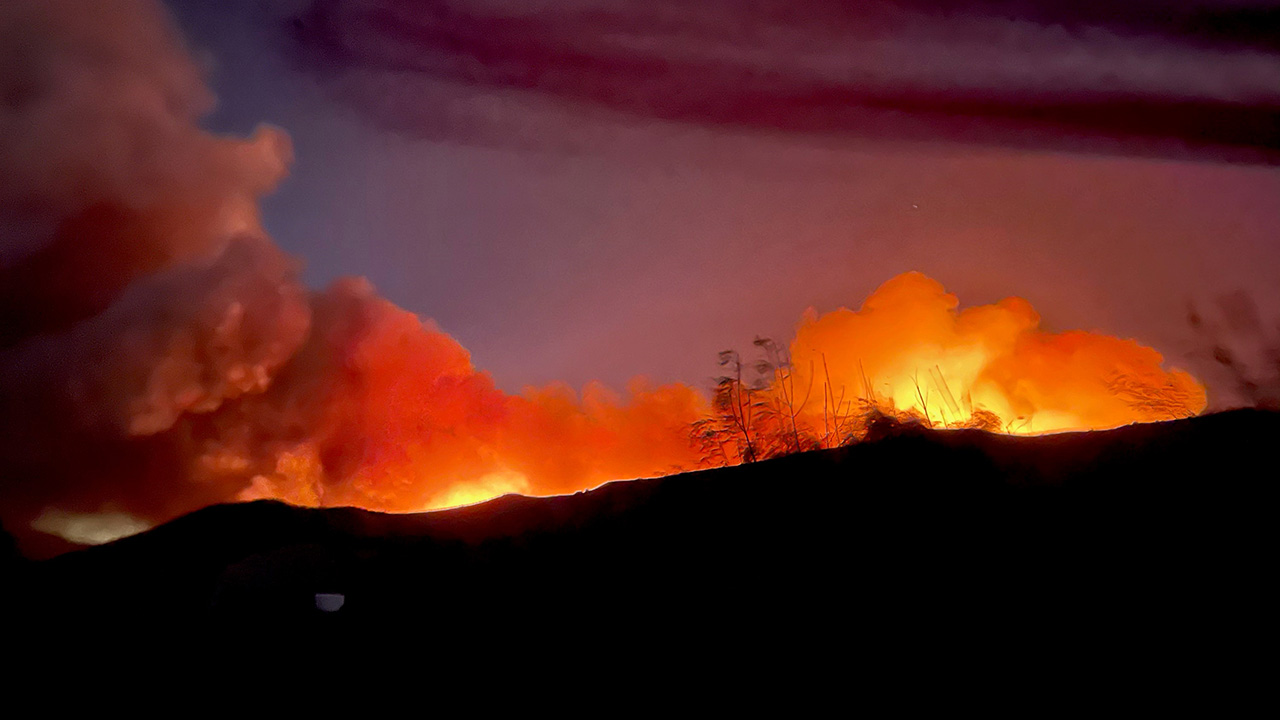Local Hazard Mitigation Plan

The City of Mission Viejo is in the process of updating its Local Hazard Mitigation Plan (LHMP). The purpose of the plan is to help create a safer community for residents, businesses, and visitors. The LHMP allows public safety officials and City staff, elected officials, and members of the public to understand the threats from natural and human-caused hazards in our community. The plan will also recommend specific actions to proactively decrease these threats before disasters occur and allow the City to apply for various mitigation grants from Federal Emergency Management Agency (FEMA).
The City of Mission Viejo Local Hazard Mitigation Planning Committee released the draft plan for public review and is accepting comments through March 6. Use the link below to submit public input in the planning process. Once the public input process is complete, the City will submit the Draft LHMP to FEMA for review and approval. Hard copies are available for onsite review at City Hall, 200 Civic Center, and the Norman P. Murray Community Center at 24932 Veterans Way.
Local Hazard Mitigation Plan - Draft for Public Review
Submit Public Comments for the Local Hazard Mitigation Draft
Why have an LHMP?
An LHMP will let Mission Viejo better plan for future emergencies. Usually, after a disaster occurs, communities take steps to recover from the emergency and rebuild. An LHMP is a way for the City to better prepare in advance for these disasters, so when they do occur, less damage occurs, and recovery is easier. Our community can use LHMP strategies to reduce instances of property damage, injury, and loss of life from disasters. Besides protecting public health and safety, this approach can save money. Studies estimate that every dollar spent on mitigation saves an average of four dollars on response and recovery costs. An LHMP can also help strengthen the mission of public safety officers, such as police and fire department staff, providing them with clear roles and responsibilities to build a safer community.
Besides helping to protect Mission Viejo, our LHMP will make the City eligible for grants from the Federal Emergency Management Agency (FEMA) that can further improve community safety and preparedness. Having an adopted LHMP can also make Mission Viejo eligible to receive more financial assistance from the State when disasters do occur.
What is in our LHMP?
The City of Mission Viejo LHMP includes four main sections:
- A summary of the natural and human-caused hazards that pose a risk to our community. This will include descriptions of past disaster events and the chances of these disasters occurring in the future.
- An assessment of the threat to Mission Viejo, which will describe how our community is vulnerable to future disasters. The plan will examine the threat to important buildings and infrastructure, such as police and fire stations, hospitals, roads, and utility lines. It will also examine the threat to community members, particularly vulnerable populations.
- A hazard mitigation strategy, which will lay out specific policy recommendations for Mission Viejo to carry out over the next five years. These recommendations will help reduce the threat that our community faces from hazard events.
- A section on maintaining the plan, which will help ensure that our LHMP is kept up-to-date. This will make it easier for us to continue proactively protecting ourselves and keep the City eligible for additional funding.
DOWNLOAD MISSION VIEJO LOCAL MITIGATION PLAN UPDATE PRESENTATION - April 13, 2023
What hazards will our LHMP help protect against?
The City's current plan addresses the following natural and human-caused hazards:
- Coastal Storms
- Dam Failure
- Flood
- Geologic Hazards
- Landslide
- Severe Winter Storm (Flood Section)
- Seismic Hazards (Seismic Shaking, Liquefaction, Earthquake-Induced Landslide)
- Windstorms
- Wildfire
- Climate Change (Will be addressed in all Hazards)
Our LHMP will also look at how climate change may affect these hazards and may include other hazards that pose a threat to our community.
How is our LHMP being prepared?
The City has assembled a Hazard Mitigation Planning Committee (HMPC), which includes representatives from City Departments and is supported by key stakeholders, and technical consultants. Together, these participants form the project team responsible for guiding the overall development of our LHMP.
When will our LHMP be done?
The project team plans to release a first draft of the Mission Viejo LHMP for public review in Spring 2023. After members of the public provide comments and feedback, the City will revise the plan and send it to the California Office of Emergency Services and FEMA for review and approval. Once approved by these agencies, the Mission Viejo City Council will adopt the final LHMP. We hope to have the plan ready for adoption in Summer 2023, but it may be later depending on how long state and federal review takes.
How can I get involved?
You can get involved in preparing our LHMP in different ways.
- The City is requesting public comments on the draft of the Local Hazard Mitigation Plan, asking for information about past experiences with natural hazards and how our LHMP can be the most useful. Submit your comments and encourage your friends and family to do the same.
- The City will release a draft of the completed LHMP for public review. Please review and provide comments on this document, either at in-person meetings or in writing.
- Encourage members of the Mission Viejo City Council to adopt the plan and begin implementing it.
- Reach out to the project team at LHMP@cityofmissionviejo.org for more ways to stay involved.
What can I do now to be better prepared for disasters?
- Know the hazards that may affect you at home, work, or school. You can find out more at http://myhazards.caloes.ca.gov/.
- Assemble an emergency kit for your home. In a disaster, you may have to rely on supplies in your emergency kit for at least three days. Be sure to include supplies for pets and anyone with special needs in your home. Learn more at https://www.ready.gov/kit.
- Have a disaster plan for your household, including how people should contact each other if a disaster occurs and where you should meet.
- Learn about your neighbors and how to help them. In a disaster, emergency responders may not be able to reach your neighborhood for a while. Know if your neighbors have any special needs, and check on them as soon as possible.
- Ensure your homeowner's or renter's insurance covers you from disasters such as earthquakes and floods. Good insurance coverage will help you recover more easily if these disasters occur.
- Volunteer with an emergency response or community service organization that does work on disaster education and preparation.
- Speak to your employer about creating a disaster recovery, workforce communication, and/or business continuity plan. If they already have one or more of these plans in place, make sure you and your co-workers know it.
- Attend the Mission Viejo Community Emergency Preparedness Academy (CEPA). The academy is free and designed to prepare neighbors to work together before, during and after disasters to lessen injuries and help with recovery.
Resources
Flood Insurance Options
Emergency Kits
Community Emergency Preparedness Academy (CEPA)

